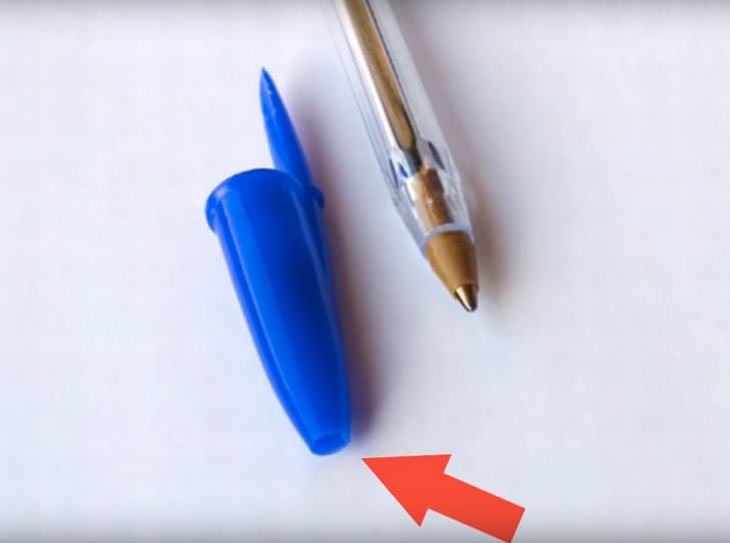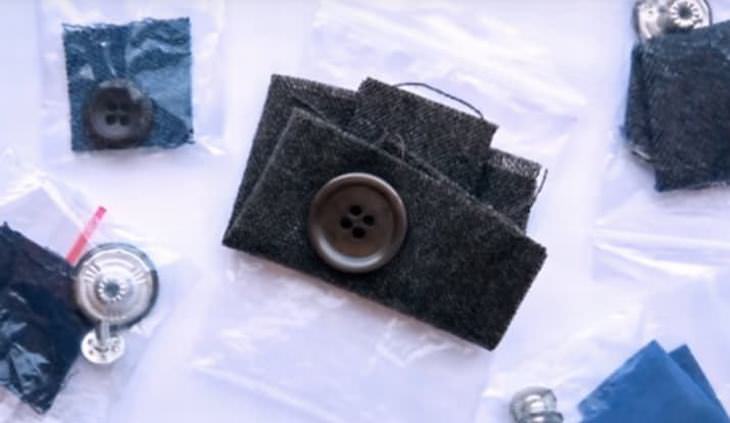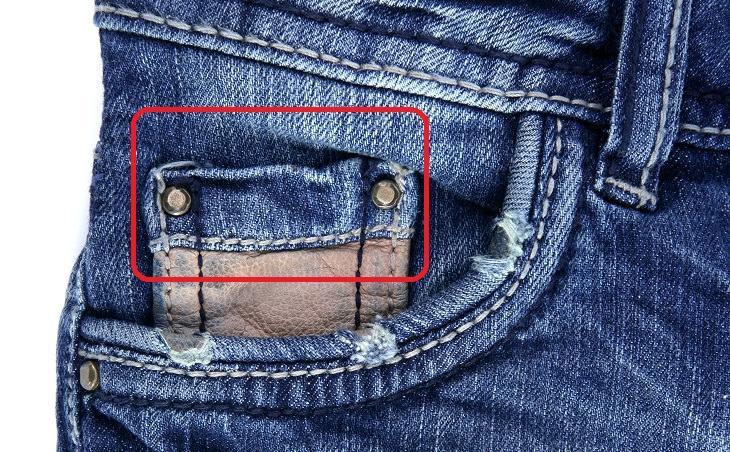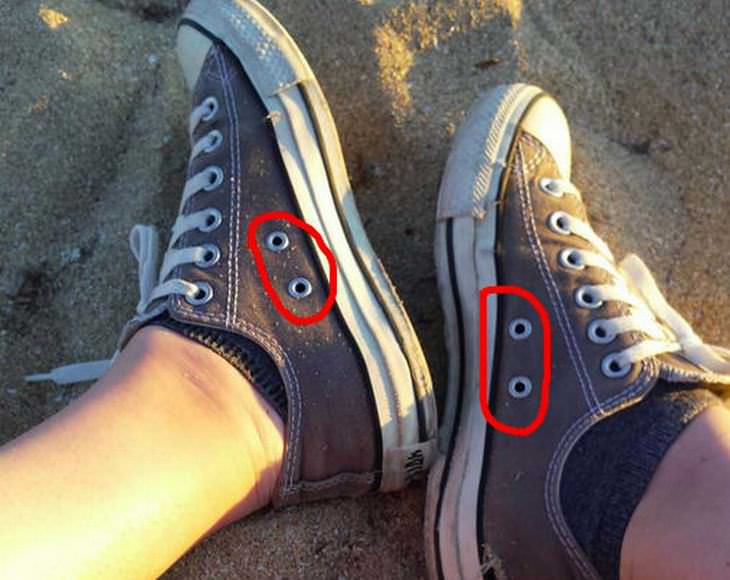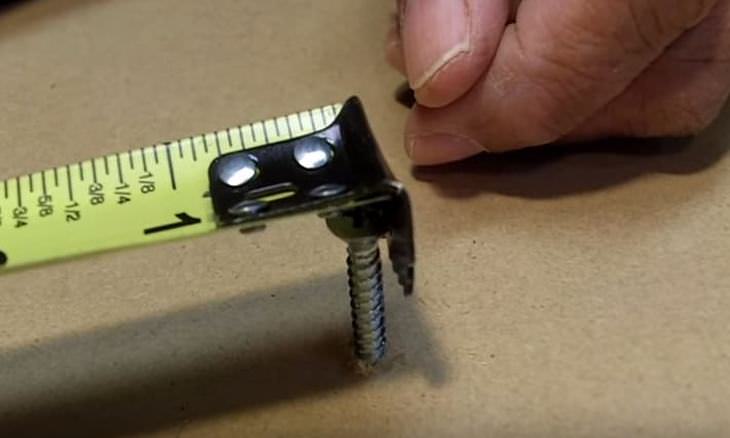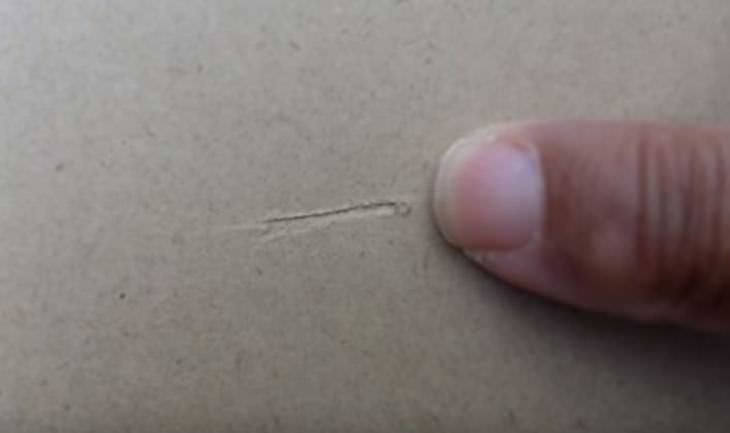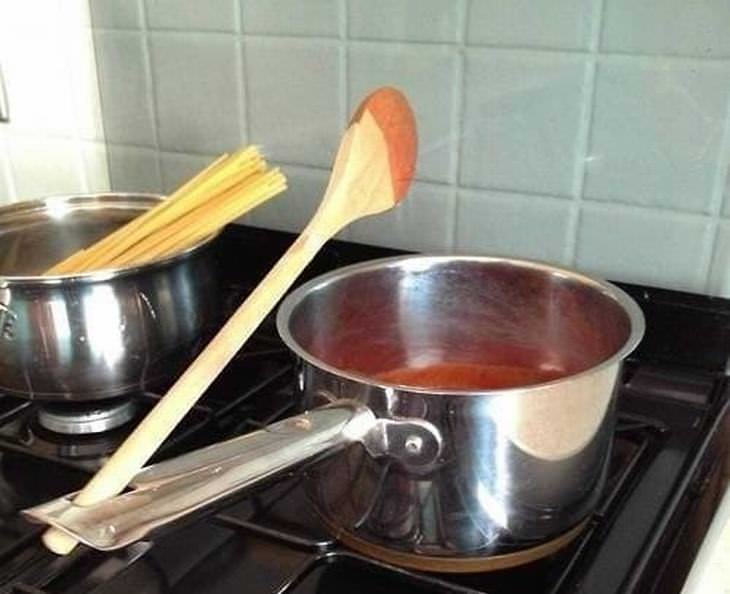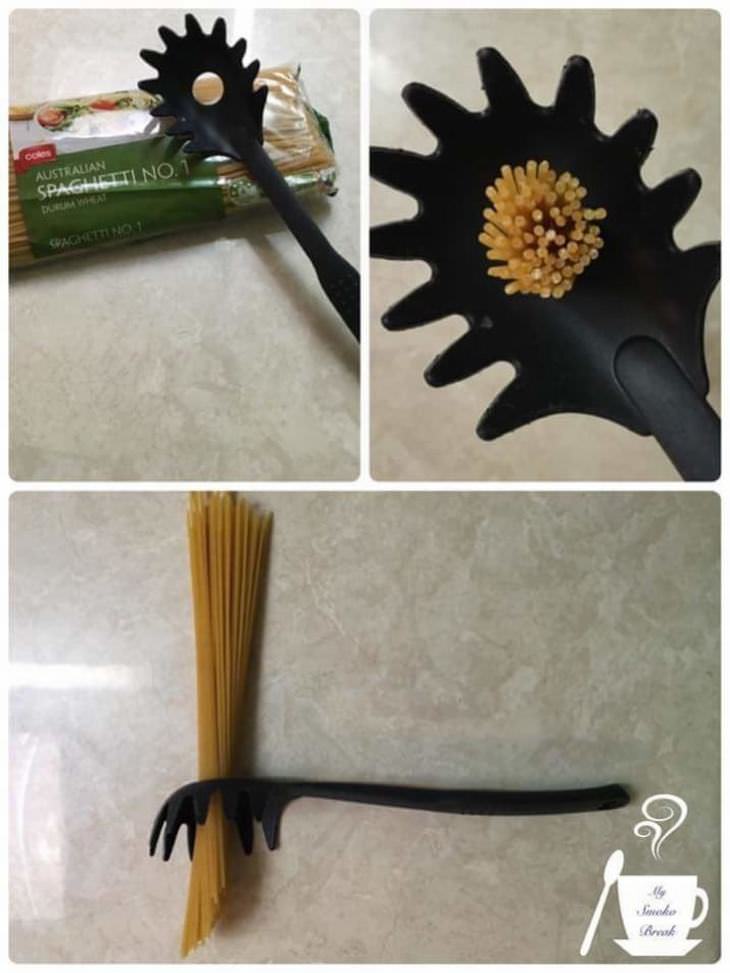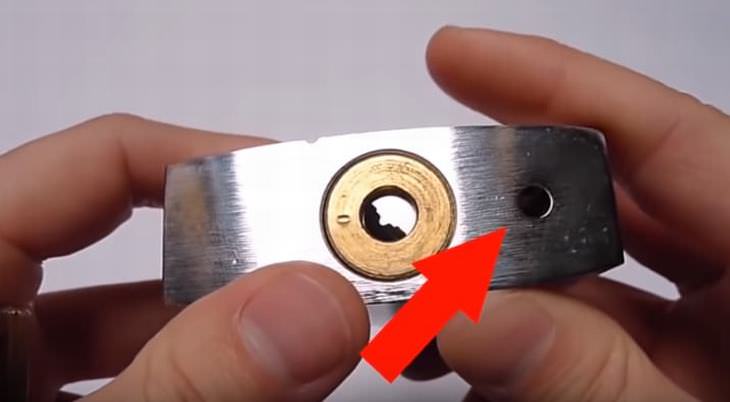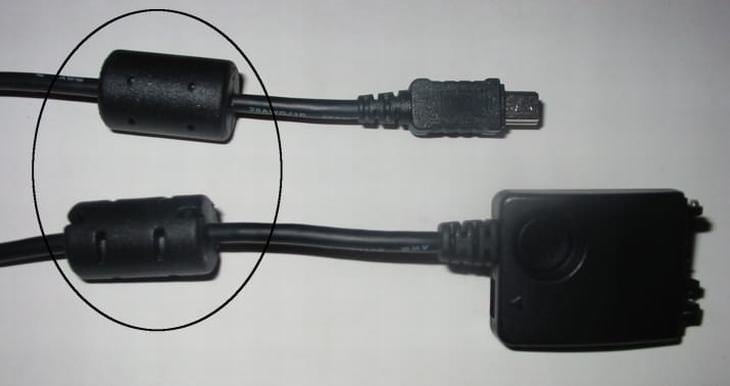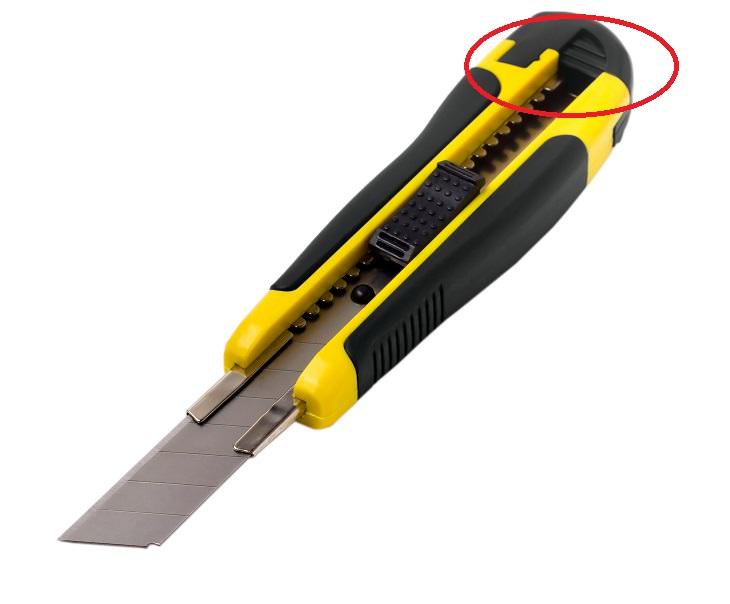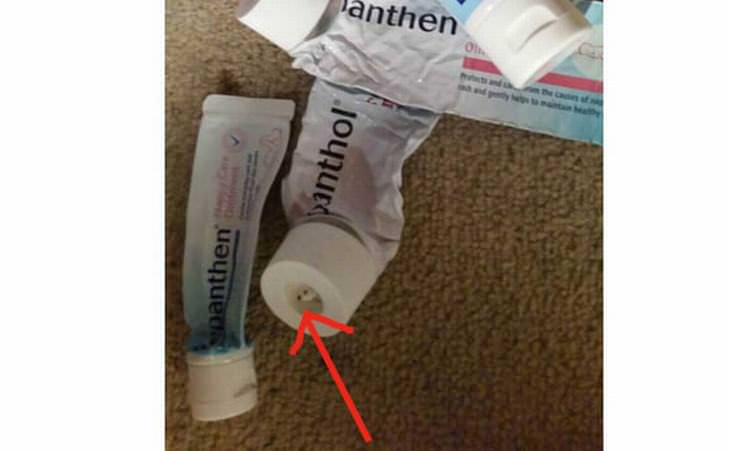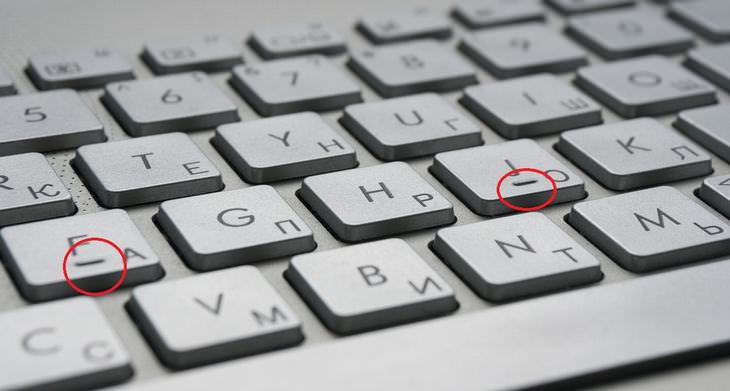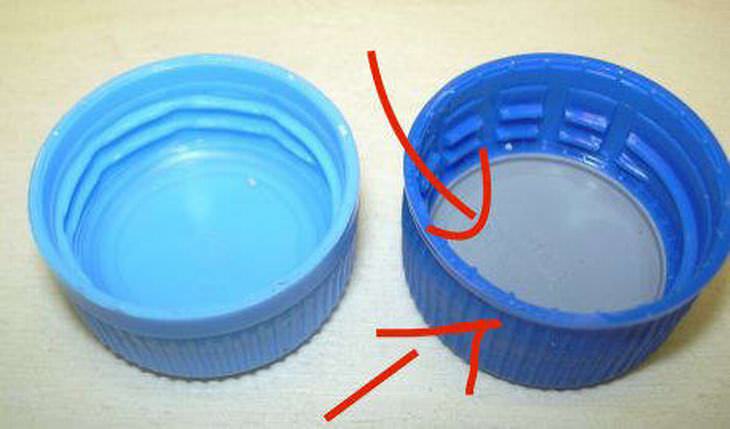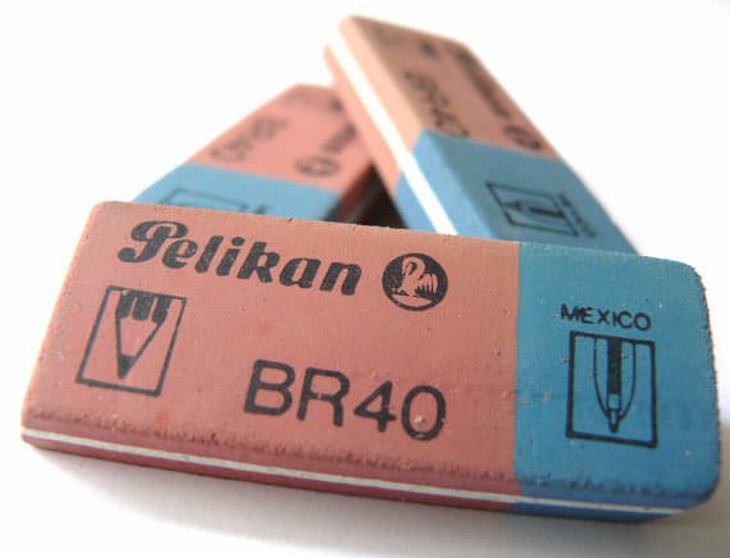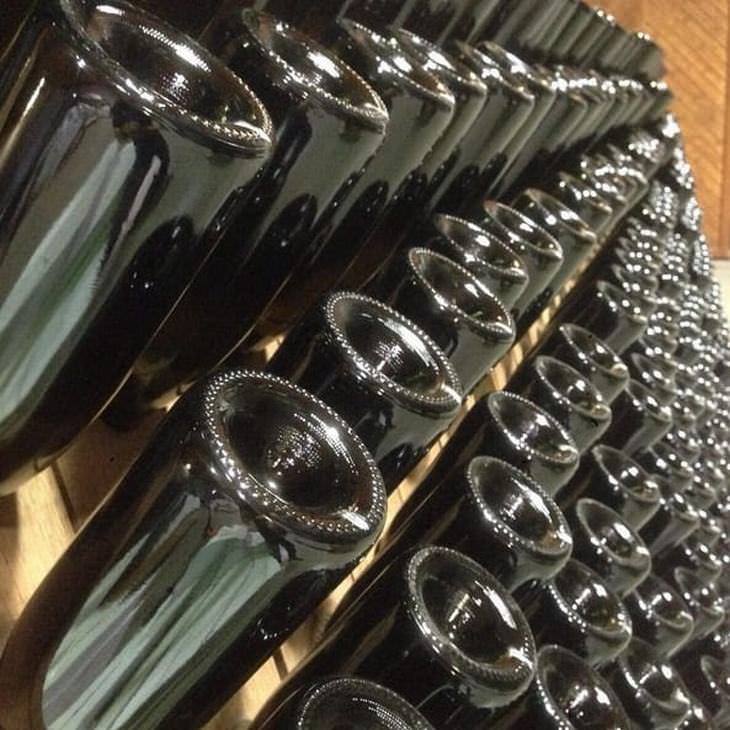1. The hole in the lid of a ballpoint
Most people think the hole in the cap of a ballpoint pen is there to keep the pen from drying out. Others believe that it's there to keep a pressure balance that prevents the pen from leaking. But, it's actually there to lower the risk of suffocation. In case a small child chews on the cap and chokes on it, the hole keeps their airway from closing up entirely.
2. The extra piece of fabric that comes with clothing
While you may have thought that the extra fabric was there for patches, this little sample of material is there for you to test how different laundry detergents will react to your new garment.
3. The little pocket on your jeans
When jeans were first invented, this little pocket served a purpose, primarily for the Wild West cowboys or the 19th-century gold miners. It is where they would store their pocket watch.
4. As for the studs...
When the first pair of jeans were made, it was a pretty common problem for the seams of the trousers to tear as a result of stress being put on the material by the workmen and miners who wore them. The studs were there to strengthen the trousers in spots they'd likely tear.
5. What are those little holes in Converse All Stars there for?
Some people think that as Converse All Stars were originally made as basketball shoes, the laces could be looped through the extra holes for a tighter fit. In actual fact, the little holes are there for an obvious reason: ventilation.
6. The little hole at the end of a tape measure
The hole is there to hook onto nails or screws so you can measure safely without the tape measure slipping.
7. As for the little serrated edge?
Imagine trying to mark where your measurement is, but not being able to because your hands are busy trying to use a tape measure. This little serrated edge would come in handy.
8. That hole in the handle of your pot
While the hole is there for hanging your pot, it serves for another purpose too, reducing the mess while cooking.
9. As for the hole on your pasta spoon
While its primary purpose is to let the water drain out while straining the pasta, the hole is just about the size of one person's portion of spaghetti.
10. The arrow next to your gas gauge
This little arrow is secretly the most convenient feature on any car. It indicates which side of the car the gas cap is on. This comes in handy primarily when driving a rental car.
11. The reason one side of a bobby pin is bent into a zigzag
The grooved side is meant to be the bottom of the pin and should face the scalp. The grooves help the hairpin hold the hair better.
12. The little hole in the bottom of a padlock
This hole is there for a couple of reason. Firstly, it lets water drain out of the lock if you are using it outdoors, so that it won't rust in the rain or freeze and break in the winter. It can also be used to oil the lock, to keep it working well.
13. The thick bit found on many cables
The cylinder-shaped lumps are called ferrite cores or chokes. They are simply chunks of magnetic iron oxide that are there to suppress high-frequency electromagnetic interference. What does this mean? When you place your cell phone close to a speaker, you've likely noticed the weird interference it makes. The ferrite cores are there to keep that from happening to your monitors, power supplies and everything else.
14. How a utility blade works
Look closely at the blade on your box cutter or utility knife. The little score lines at the end of the blade can break off giving yourself a fresh, sharp blade whenever you want. All you need to do is take the back cap opp, slide the blade out at the back end and use the cap to snap off the end of the blade before putting it back together again.
15. The reason why some caps have spikes in them
If you flip the cap around, the little spike will punch right through the protective foil on a new container.
16. The little bumps on the "F" and "J" keys on a keyboard
When using the 10-finger typing method, the 'F' and 'J' keys are the home keys where your index fingers rest. The little bumps let you find your way back to the home position without looking down at your keyboard.
17. What about the hole found in rulers?
The holes are there to hang the rulers up.
18. Why an Apple power cable has wings
The wings are there to wrap the cable around. Start by wrapping the thicker section of the cable around the power block, then thinner part of the cable around the wings, securing the whole thing with the little clamp on the end.
19. The dot next to the camera on an iPhone
This dot is actually a microphone for when you're using the back camera.
20. You've probably been eating Tic Tacs wrong this whole time
The little indentation on the lid of a package of Tic Tacs serves as a dispenser that gives you one Tic Tac at a time.
21. The little disc under the lid of a plastic bottle
You probably realized that without it, the bottle still closes fine. But it's actually there to create a seal that keeps everything in that bottle (liquid and carbonation). Without it, the soda will go flat.
22. The blue side of an eraser
The blue side can erase pen ink, but it only works on really strong, thick paper, as it takes a lot more paper off when you use it.
23. Why wine and champagne bottles have indentations in the bottom
Some people think that it is there so that the sommelier can get a better grip while pouring. But it's actually there to compensate for the pressure that the contents of the bottle go through during the corking process. The sides and bottoms of bottles are weak spots so the indentation helps distribute the pressure inside the bottle evenly. It is also why it is so much deeper on champagne bottles - due to much more pressure as a result of the carbonation.

